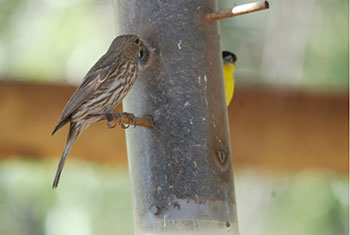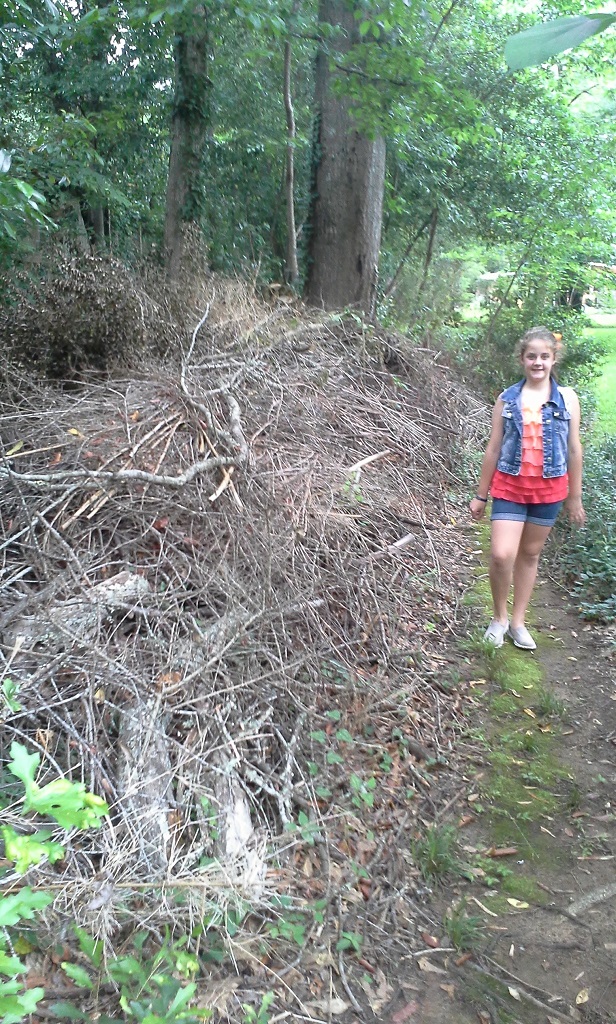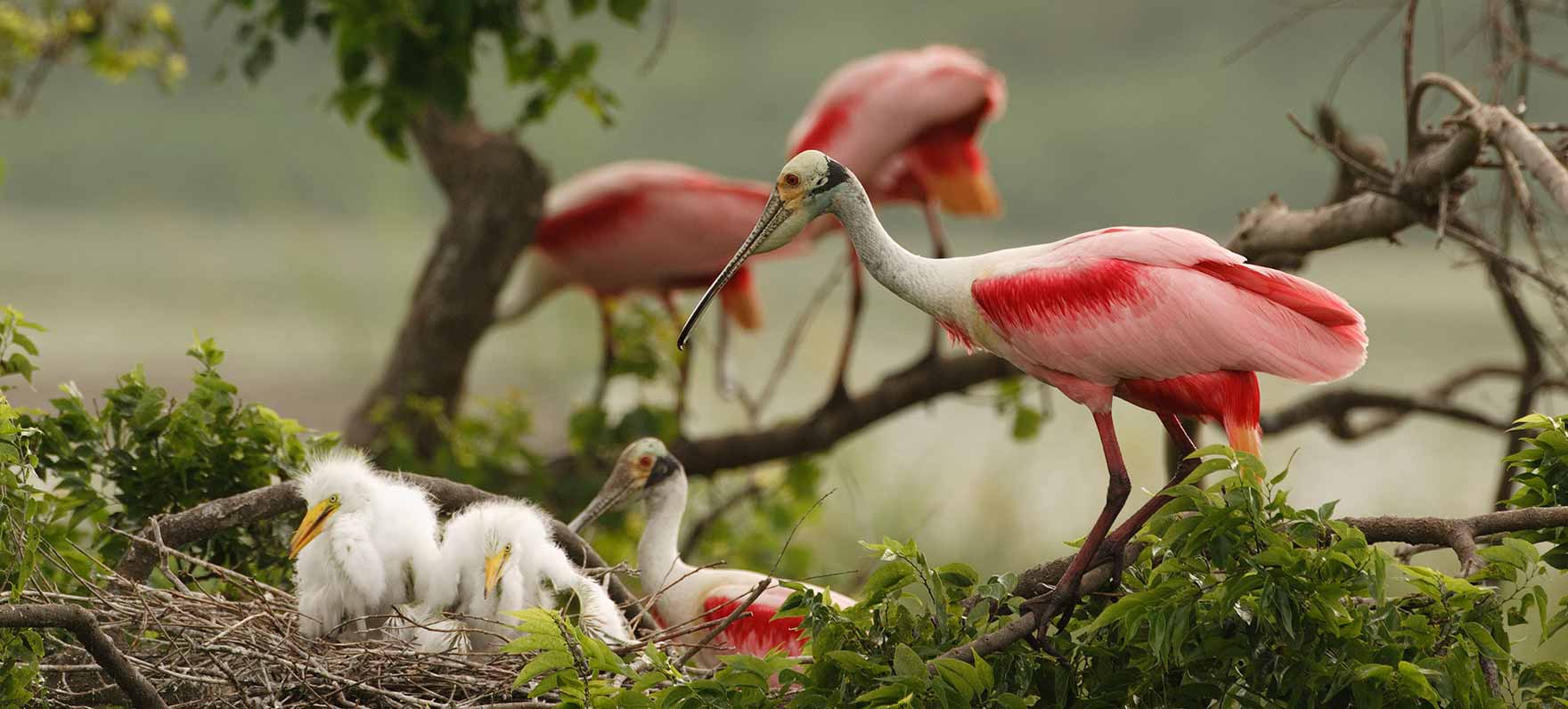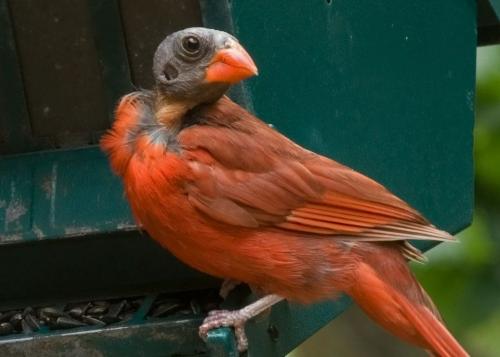Use Caution When Feeding Backyard Birds
Monday, July 25th, 2016This is Passport to Texas
Texans like to place seed feeders in their yards to entice nearby birds to venture even closer.
There are things to consider when putting out a bird feeder.
Cliff Shackelford is a non-game ornithologist with Texas Parks and Wildlife. He says to carefully consider feeder placement.
You don’t want to put it too close to the window, where a bird might fly into the window. You don’t want to put it too close to the shrubs, where the neighbor’s cat might be very attracted to the Grand central Station that you’ve created.
As nature provides plenty of food this time of year, and hot humid weather plays foul with feeders, Cliff recommends using them during less abundant times.
There’s a fungus that can grow on the seeds and create something called aflatoxin that’s deadly to birds. And, there’s also Mother Nature giving birds a lot of food in the warmer months. So, we often tend to gauge bird activity by what is at our feeder. And when we don’t see birds at the feeder, we think oh the sky is falling—there’s are no birds. Well, the birds are there, they’re just up high ion the tree, eating what mother nature provided. It’s a homemade buffet versus pre-packaged stuff we call seeds.
If you do put out feeders, clean them every two weeks—more often during times of heavy use and wet weather.
That’s our show… Funding provided in part by Ram Trucks. Guts. Glory. Ram
For Texas Parks and Wildlife, I’m Cecilia Nasti.






 Passport to Texas is a
Passport to Texas is a  Passport to Texas is made available by:
Passport to Texas is made available by: